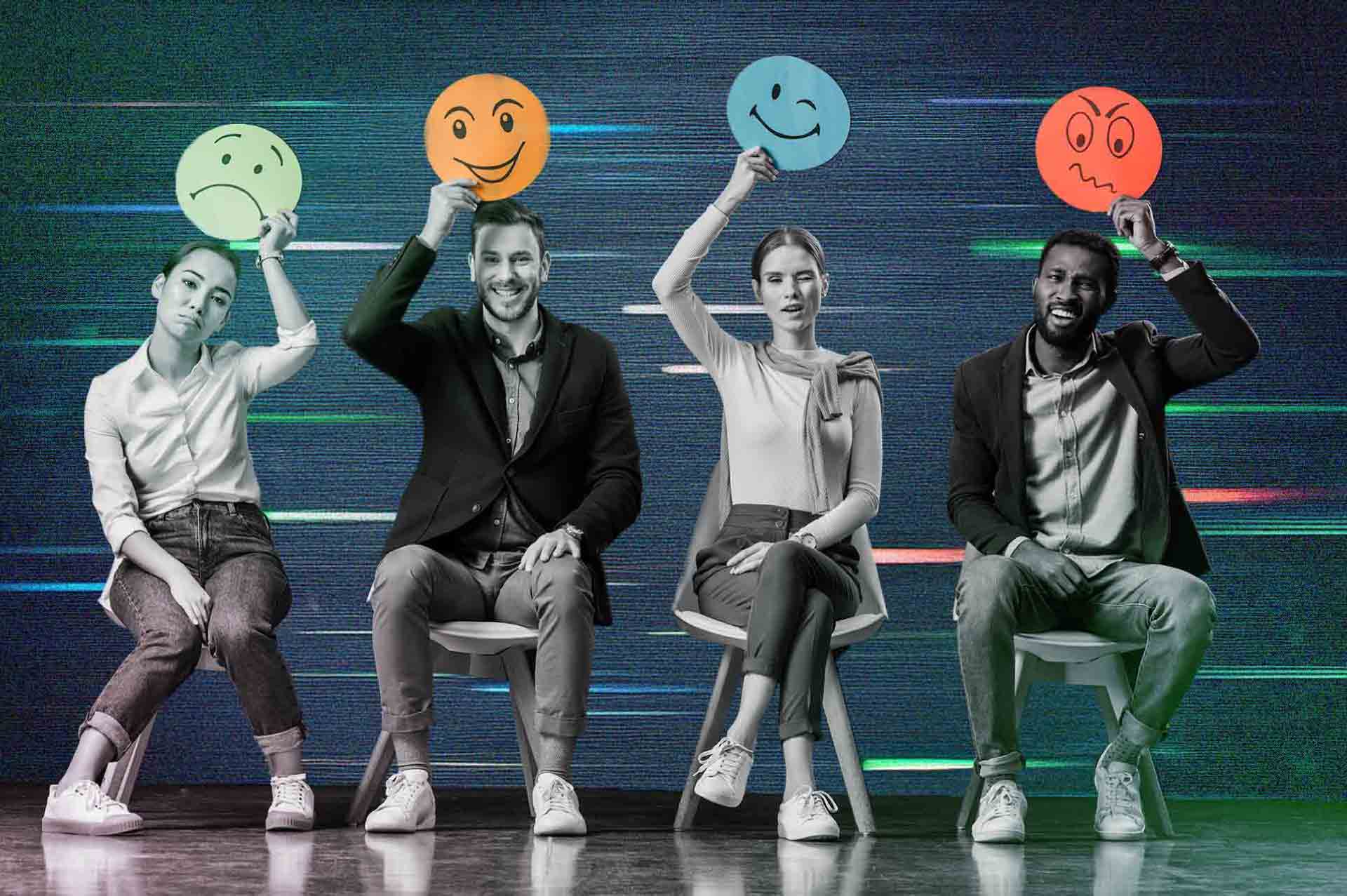The Psychology Behind Decision-Making Marketers Need to Know
By Yolande D’Mello

Did you know that having too many choices can add to shopper anxiety? Marketers need to put themselves in the customer’s shoes, and in this case, the customer’s mind too.
The marketer’s role is changing; not only because of evolving customer expectations but also due to how technology is changing the way customers discover, compare and choose from brands.
While Saudi customers prefer to buy in-store, this is often preceded by searching online – webrooming. A high volume of young, tech-savvy consumers and excellent internet penetration, coupled with the Kingdom’s race towards digital transformation, have opened up an array of choices.
Fortunately, there are some strategies that simply stand the test of time. These link back to the human condition – how we think, make decisions, and feel about those choices later. Consumer psychology taps into these universal, globally-applicable ways in which the human mind works.
More Choices Aren’t Always Better
The paradox of choice is a concept introduced by psychologist Barry Schwartz, which suggests that the more options we have, the less satisfied we feel with our decision. This phenomenon occurs because having too many choices requires more cognitive effort, leading to decision fatigue and increased regret over our choices.
Schwartz is the Dorwin Cartwright Emeritus Professor of Social Theory and Social Action at Swarthmore College (since 2016). His work focuses on the intersection of psychology and economics.
If we only had to choose between two options, it would be easier to know which option we prefer since we can easily weigh the pros and cons. When the number of choices increases, so does the difficulty of knowing what is best. At the beginning, more options might seem appealing, but ultimately, it can paralyse decision-making. This phenomenon is called choice overload.
This leads humans to adopt sub-optimal heuristics known colloquially as rules of thumb for decision-making, for example, only look at the top three, pick from the most popular and such.
But, ultimately, it leads to demotivation, lack of action at the point of purchase, lack of motivation in task completion, reduced task performance, dissatisfaction and post-choice regret. Clinically, consequences are defined to include Decision Paralysis, Choice Deferral, Dissatisfaction and Analysis Paralysis.
Why Does This Happen?
According to the late Harvard psychologist George Miller, who studied “channel capacity” or the maximum amount of data that can be transmitted reliably through a channel and applied it to the human mind. He concluded that the brain’s capacity for processing and retaining information is limited, much like an electronic communication channel.
In his 1956 paper “The Magical Number Seven, Plus or Minus Two,” he concluded that people could associate about seven different labels with continuous stimuli. They could hold about seven items in immediate memory.
This elasticity suggests that people don’t just passively transmit incoming information but recode it into mind-friendly units, which Miller called “chunks.” Human information processing is thus constricted by a bottleneck of seven plus or minus two chunks.
How Does Your Customer Make Decisions?
American computer research scholar Herbert Simon won the Nobel Prize in Economics in 1978 and is best known for his work on corporate decision-making.
He described two decision-making styles: Maximisers, those who relentlessly search for the absolute best option to achieve an optimal outcome; and Satisficers, those who accept the first option that is “good enough” to meet their needs. Think about how these two decision-makers make their way through the marketing funnel.
Changing how choices are presented to consumers could help reduce overwhelm and ease the decision-making process. Quicker decisions mean better conversions. Modern marketers are leveraging artificial intelligence to potentially transform shopping by making shoppers feel more confident about their decisions and enjoy a more streamlined shopping experience.
Conclusion
According to a recent consumer behaviour study that looked at habits of 3,500 Saudi Arabia-based buyers, there is a notable shift that shows more customers are prioritising price and value. Another report suggests that consumers in the Kingdom are driven by a strong focus on essentials and experiences.
While spending on essentials like groceries and clothing will remain consistent across all age groups and income levels, it explains that there are differences visible by generation and income background.
Marketers are poised to combine data intelligence with human intuition when planning and executing strategies that guide users towards finding value and delivering revenue.
Latest News & Updates
From the Advisory Board: Marketing Priorities Shaping 2026
From AI co-pilots to human judgment, VMF advisory board leaders reveal the marketing priorities shaping 2026, the over-hyped...
Sports in Saudi Arabia Has Evolved from Spectating to Belonging
Sports in KSA is now about belonging, interaction and national pride, says Adeel Ahmed Bokhari, Senior Director, Brand,...
Places are Functional; People are Emotional
John Speers, Joint Managing Director Middle East at MSQ, believes in tapping into the human essence of a...







































































